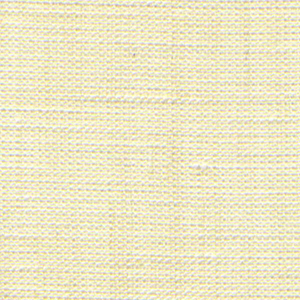Parts of the Hemp Plant Used:
What’s on this page?

Description:
A huge selection of commercial products like textiles, clothing, shoes, or bags are being made using Hemp. Its fibers produce textiles that are 100% hemp, but they are usually being mixed with other fibers, like cotton or silk, to make woven fabrics for apparel and furnishings.
How it’s Made:
Traditional process for hemp cloth production includes water-retting, then from the core fiber is separated by hand and with the use of brush rollers. Fiber is twisted and woven into an organic cloth.(1)
Advantages:
Hemp is an exceptionally durable and strong eco friendly fabric thus has a tensile strength eight times that of cotton fiber. It is also considered non-irritating to the skin and hypoallergenic by many.(2)
Disadvantages:
Hemp wrinkles easily and is not colorfast so it does not give a rich color on the fabric.(3)
History:
Hemp fabric has developed a lot ever since it started 10,000 years ago. Remnants of hemp cloth was found in Iraq that had been spun around 8000 BC.(4)
Looking to the Future:
The possibilities for hemp fabrics are immense in the future. Hemp having a vast potential to be produced cheaply, it will eventually supersede cotton, linen and polyester.(5)
References